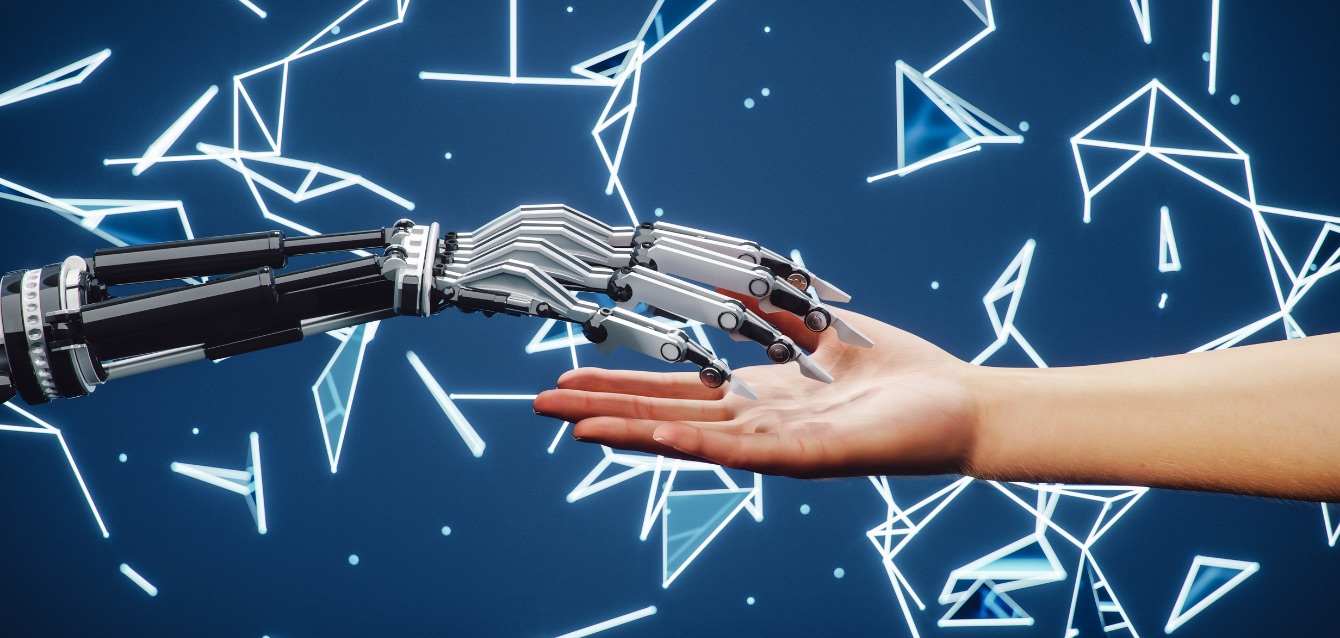Generative AI (GEN AI) is a fascinating and rapidly evolving field of artificial intelligence that has captured the attention of businesses and individuals alike. As an AI layman, let us break down the key aspects of GEN AI in a way that’s easy to understand.
Generative AI is a type of AI that is capable of creating new, original content, rather than just analyzing or processing existing information. This includes things like generating text, images, audio, and even video. The key difference between GEN AI and other forms of AI is that GEN AI can produce completely novel output, rather than simply regurgitating or manipulating existing data.
One of the primary features of GEN AI is its ability to learn from large datasets and then use that knowledge to generate new, unique content. For example, a GEN AI system trained on a vast corpus of written text can use that information to create entirely new stories, articles, or even poetry. Similarly, a GEN AI system trained on a vast collection of images can generate completely new, original images.
Another key feature of GEN AI is its versatility. GEN AI systems can be trained to generate content in a wide range of domains, from creative writing and art to scientific research and product design. This makes GEN AI a valuable tool for businesses and entrepreneurs looking to explore new ideas, generate content, or even automate certain creative tasks.
One of the most exciting aspects of GEN AI is its potential for innovation and disruption. As the technology continues to evolve, we’re likely to see GEN AI systems become increasingly sophisticated and capable of generating content that is indistinguishable from human-created work. This could have far-reaching implications for industries like marketing, entertainment, and even education.
For an entrepreneur looking to start a business related to AI, GEN AI could be a particularly promising area to explore. By leveraging the power of GEN AI, businesses could potentially automate content creation, generate new product ideas, or even develop AI-powered creative tools for their customers.
However, it’s important to note that GEN AI is not without its challenges. Issues around bias, ethical considerations, and the potential for misuse of the technology will need to be carefully addressed. As an entrepreneur, it will be crucial to stay informed about the latest developments in GEN AI and to work closely with experts in the field to ensure that your business is operating in a responsible and ethical manner.
Overall, Generative AI is an exciting and rapidly evolving field that offers a wealth of opportunities for businesses and entrepreneurs. By understanding the key features and capabilities of GEN AI, you can position your business to take advantage of this transformative technology and drive innovation in your industry.
We will delve deeper into some specific aspects of Generative AI, including its applications, underlying technologies, challenges, and future potential.
APPLICATIONS OF GENERATIVE AI
1. Content Creation: Generative AI can create articles, blog posts, social media content, and marketing materials. Tools like OpenAI’s GPT models can help writers overcome writer’s block or generate ideas.
2. Art and Design: Artists and designers use Generative AI to create unique pieces of art, illustrations, or logos. Platforms like DALL-E and Midjourney allow users to generate images based on textual descriptions.
3. Music Composition: AI can compose original music tracks by analyzing patterns in existing music. Tools like OpenAI’s MuseNet can generate songs in various styles.
4. Gaming: In video game development, Generative AI can create environments, characters, and storylines, enhancing the gaming experience and reducing development time.
5. Fashion and Product Design: Designers can use AI to generate new clothing lines, accessories, or product prototypes, streamlining the design process and fostering innovation.
6. Healthcare: In medical research, Generative AI can analyze and synthesize data to propose new treatment methods or drug compounds, potentially speeding up the discovery process.
UNDERLYING TECHNOLOGIES
Generative AI leverages several key technologies, including:
– Machine Learning: This is the foundation of AI, where algorithms learn from data. Specifically, deep learning techniques like neural networks are commonly used in generative models.
– Generative Adversarial Networks (GANs): GANs consist of two neural networks—a generator and a discriminator—that work together. The generator creates content, while the discriminator evaluates its authenticity. This competition leads to increasingly realistic outputs.
– Variational Autoencoders (VAEs): VAEs are another type of generative model that learns to compress input data into a lower-dimensional space and then reconstruct it. This is useful for generating new data points similar to the training data.
– Transformers: Models like GPT-3 and BERT use transformer architecture, which excels in understanding context and relationships in language, enabling them to generate coherent and contextually relevant text.
CHALLENGES
While Generative AI holds immense potential, it also faces several challenges:
– Bias and Fairness: AI can inadvertently learn biases present in the training data, leading to biased outputs. Addressing this requires careful curation of training datasets and ongoing monitoring.
– Ethical Concerns: The ability to create realistic content raises ethical questions, especially regarding misinformation and deepfakes. Establishing guidelines for responsible use is crucial.
– Intellectual Property: As AI generates creative works, questions arise about ownership and copyright. Legal frameworks are still evolving to address these issues.
– Quality Control: Not all generated content meets quality standards. Ensuring outputs are valuable, relevant, and accurate is essential for practical applications.
FUTURE POTENTIAL
The future of Generative AI is bright, with several trends likely to shape its evolution:
– Enhanced Creativity: As tools become more sophisticated, they will assist artists, writers, and designers in pushing the boundaries of creativity, leading to novel forms of expression.
– Personalization: Businesses can leverage Generative AI to create personalized content tailored to individual preferences, enhancing user engagement and satisfaction.
– Collaboration Between Humans and AI: Generative AI will likely become a collaborative partner for creative professionals, helping them brainstorm, iterate, and refine their ideas.
– Cross-Disciplinary Applications: As the technology matures, we may see Generative AI applied in diverse fields like education, architecture, and scientific research, driving innovation across industries.
For an entrepreneur considering a venture in Generative AI, focusing on a specific niche—such as content creation, design, or healthcare—could help in carving out a unique market position. Continuous learning and adaptation to new developments in the field will be crucial for long-term success.





